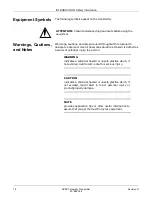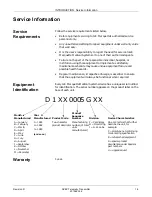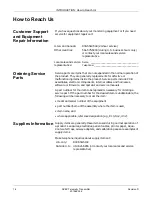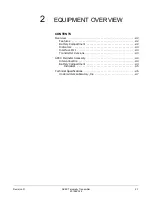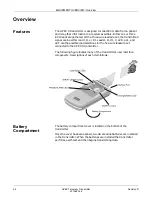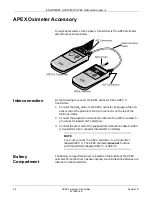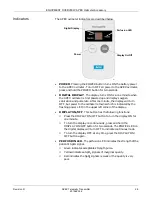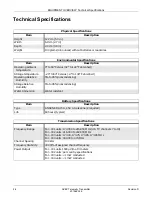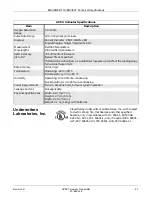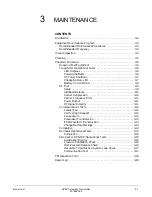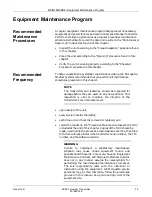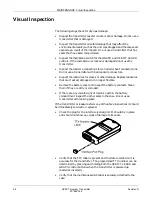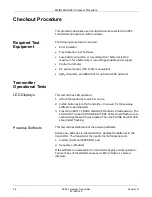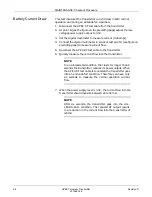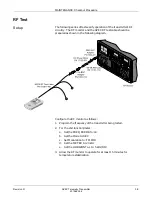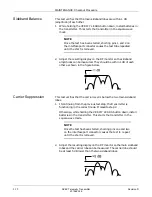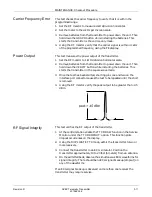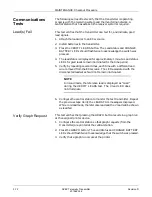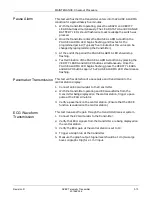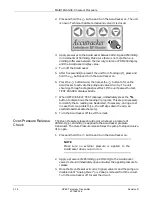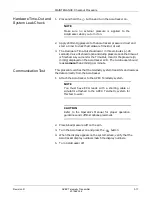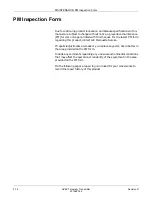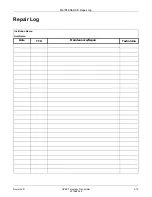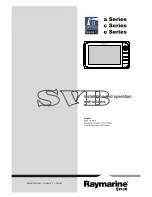
MAINTENANCE: Visual Inspection
3-4
APEX Telemetry Transmitter
Revision D
401566-166
Visual Inspection
The following steps check for obvious damage.
•
Inspect the transmitter case for cracks or other damage. Do not use a
transmitter that is damaged.
•
Inspect the transmitter case for damage that may affect the
environmental seals (such as the unit was dropped and the case seals
opened as a result of the impact). Do not use a transmitter that has
seals that have been compromised.
•
Inspect the membrane switch for the GRAPH and VERIFY LEADS
controls. If the membrane is cracked or damaged do not use the
transmitter.
•
Inspect the leadwire connections for corroded or bent connector pins.
Do not use a transmitter with bad leadwire connectors.
•
Inspect the leadwires for cracks or other damage. Replace leadwires
that are cracked, damaged, or no longer flexible.
•
Remove the battery cover and inspect the battery contacts. Clean
them if they are dirty or corroded.
•
If there are any visible signs of moisture within the battery
compartment inspect the other seals in the case. Do not use a
transmitter with leaking seals.
If the transmitter or leadwires fails any of the above inspections it should
be immediately serviced or replaced.
•
Check the plug for the interface (serial) port. It should be in place
and should not show any signs of damage to its seals.
•
Verify that the TTX label is present and the data recorded on it is
accurate for the transmitter. The programmed TTX number can be
determined by pressing and holding both the VERIFY LEADS and
GRAPH control buttons when the transmitter is powered up
(batteries inserted).
•
Verify that the membrane switch label is securely attached to the
case.

